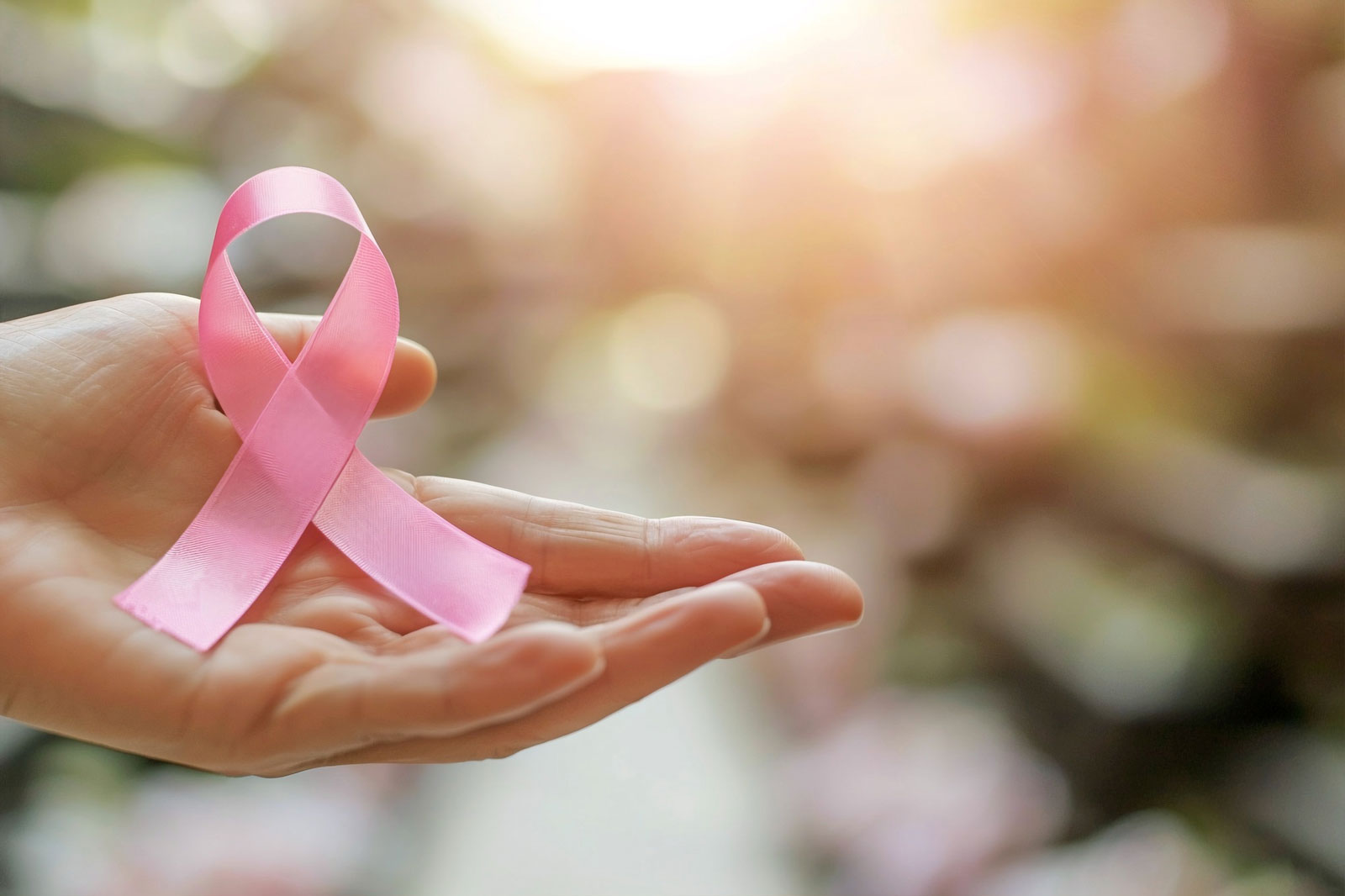Overview
At Skin Cancer Care Queensland, we are aware that skin care is essential. Sometimes, patients come in because they notice something unusual on their skin, like a new bump or mole. These changes may be skin lesions, and although not all lesions are serious, some may be the symptoms of skin cancer. The good news is that many of these lesions can be removed quite easily; we are here to help guide you through the process with care and kindness.
What Are Skin Lesions?
A skin lesion is simply any change in your skin that looks different from the rest. This could be a new mole, a bump, or a spot that seems out of place. Some of the skin lesions are benign; harmless moles or skin tags. The other lesions could be something more serious, like a form of skin cancer, if they change in appearance or if they seem out of place. Skin cancer is one of the most prevalent forms of cancer, but when discovered early, it is one of the easiest forms of cancer to treat.
Why Should Skin Lesions Be Removed?
First and foremost, if there is ever a chance that the lesion could be cancerous, it needs to be checked out and removed. Skin cancer may often be treated successfully, especially if caught early enough. Sometimes the main reasons to remove a skin lesion could be that it feels icky or irritated. Skin lesions in particular irritate if located in the areas on the neck, face, and hands. Last, but not least, many patients choose to have skin lesions removed for cosmetic reasons; sometimes, such growths can become bothersome.
At Skin Cancer Care Queensland, our job is to help you decide if removal is the best option for you. Whether it’s for health reasons, comfort, or appearance, we are here to guide you through the process with compassion and care.
How Are Skin Lesions Removed?
The process of skin lesion removal is usually quick and painless. We have several methods based on the type of lesion you may have or where it is located. Here are some common ways we may remove a skin lesion:
- Surgical Excision: The lesion size may need to be excised by minor surgery. Usually, local anesthesia like creams or injections is used to avoid much pain. The lesion is carefully excised and may be stitched depending on the wound.
- Cryotherapy (Freezing): For smaller lesions, such as warts or some sunspots, freezing is a common option. We use a special liquid nitrogen to freeze the lesion, which eventually falls off as your skin heals.
- Laser Treatment: Some lesions, like sunspots or small moles, can be removed with a laser. The laser breaks down the lesion without damaging the surrounding skin, and it usually heals pretty quickly.
- Shaving: If the lesion is raised from the skin, we might shave it off at the surface. This is mostly done for skin tags or small moles. The area heals quickly, and the results are usually great.
All these methods are generally quick, simple, and done with minimal discomfort. After the removal, we will give you easy-to-follow instructions on how to care for the area and help it heal properly.
What Happens After Removal?
After your skin lesion is removed, you will need to take care of the area to help it heal. This might involve cleaning the spot regularly, applying a special ointment, and avoiding direct sunlight for a while. If the lesion was removed because it looked suspicious, we’ll send it to a lab to check if it was cancerous. Don’t worry—we’ll keep you informed every step of the way and explain what happens next if any further treatment is needed.
Why Choose Us?
Skin Cancer Care Queensland values making health a priority. We’re experts in the safe removal of skin lesions. Whether you need a quick check-up or a procedure, we’re here to make you feel at ease. We know dealing with changes in your skin can be stressful, so we promise to walk you through the process with a light and positive approach.
If you’ve noticed any unusual changes in your skin or have a lesion that’s been worrying you, don’t hesitate to reach out to us. We’re here to help take care of your skin because your skin deserves the best treatment!

